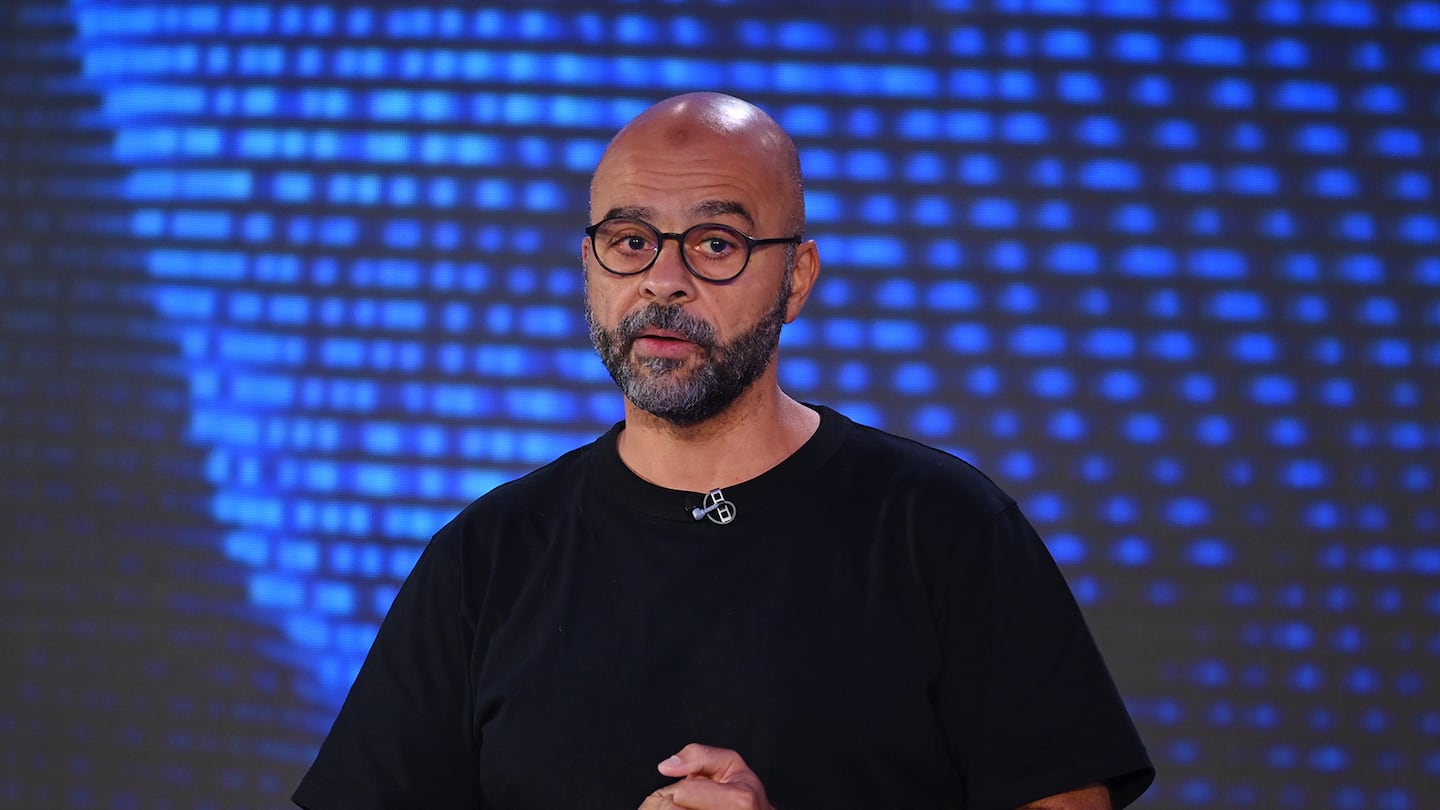
The Business of Fashion
Agenda-setting intelligence, analysis and advice for the global fashion community.

Agenda-setting intelligence, analysis and advice for the global fashion community.

Subscribe to the BoF Podcast here.
Artificial intelligence is not an if, it’s a when, according to Mo Gawdat, author and the former chief business officer at Google X, who said that it’s only a matter of time before it becomes a dominant force in technology.
Already, Gawdat can already point to tangible examples of the power of AI developing in today’s world. In 2012, he said, a network of computers Google trained on YouTube videos was able to identify what a cat is without any human input. And in 2016, a collection of Google-owned robot grippers were able to pick up different objects without instruction.
“By the year 2029, the smartest being on planet Earth is not going to be a human,” says Gawdat. “I say by 2035 your world will be completely unrecognisable.”
ADVERTISEMENT
This week on The BoF Podcast, Gawdat shares the future of AI and why ethics is crucial to understanding humanity’s impact on the development of AI.
To listen to Imran’s conversation with Mo on the ‘Slo Mo’ podcast, please follow this link.
You can catch up on all the videos from BoF VOICES on our YouTube channel, please follow this link.
Successful social media acquisitions require keeping both talent and technology in place. Neither is likely to happen in a deal for the Chinese app, writes Dave Lee.
TikTok’s first time sponsoring the glitzy event comes just as the US effectively deemed the company a national security threat under its current ownership, raising complications for Condé Nast and the gala’s other organisers.
BoF Careers provides essential sector insights for fashion's technology and e-commerce professionals this month, to help you decode fashion’s commercial and creative landscape.
The algorithms TikTok relies on for its operations are deemed core to ByteDance overall operations, which would make a sale of the app with algorithms highly unlikely.